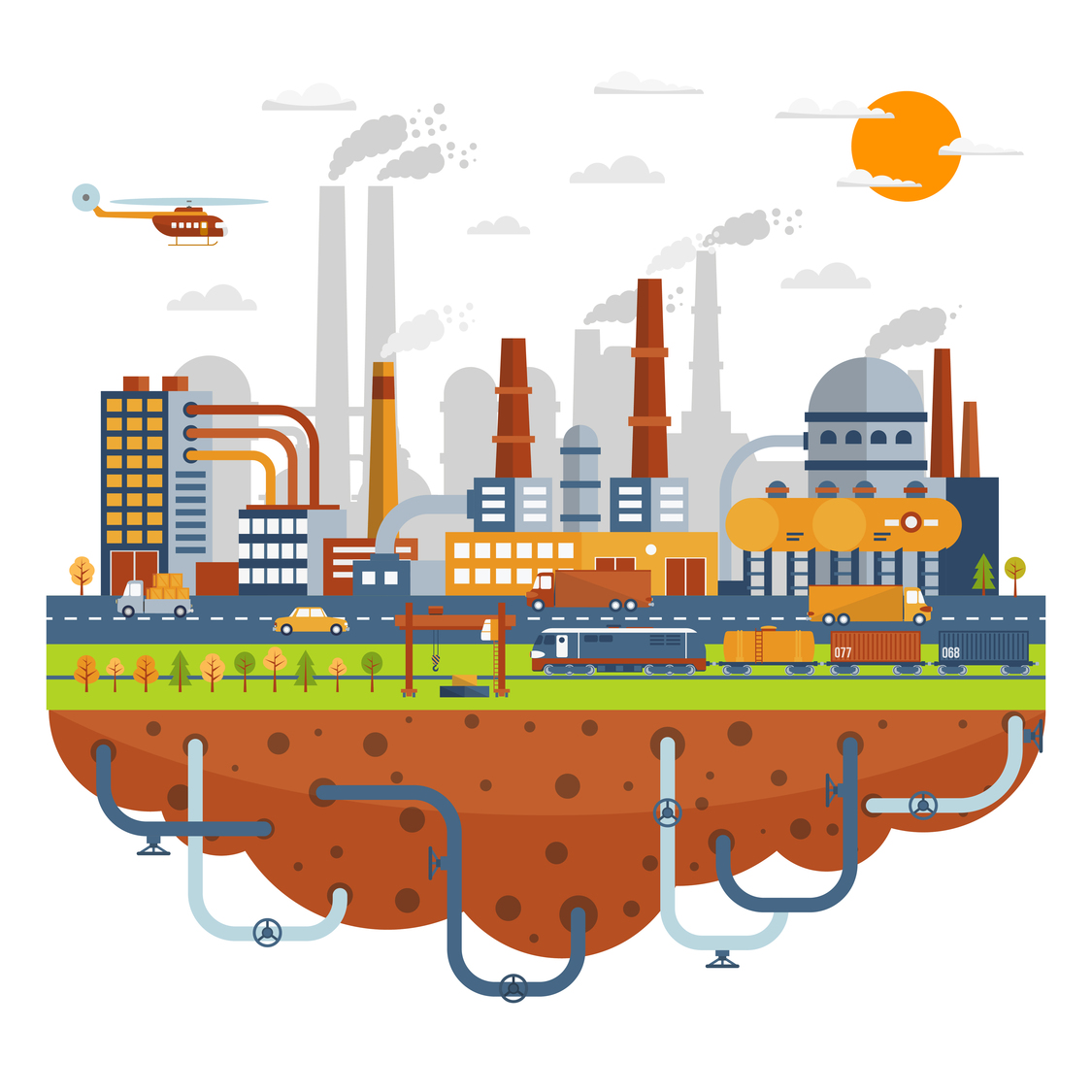-
Address:
16 Calabar Street Nigeria
-
Mail us:
BASD ENERGY
WHO WE ARE
BASD Energy, with its expert staff, serves in the markets of the Middle East, Far Asia, Africa and Latin America, especially in the Gulf countries, with the business of in oil, petroleum products and gas supply, is one of the growth-oriented sectoral players with its sustainable business policy.
Our operations consist of supplying crude oil and products for refining systems and other needs, the trading of crude oil and our own products, their maritime transport, and the management of product coverage in the financial derivatives markets.
BASD Energy, which takes its strength from sustainable business partnerships and relationship management, has succeeded in being in the oil economy that steers the world with the energy policies of the 20th century, with its management experience and has been able to combine these experiences with its commercial resources in today's century.


VISION & MISSION
OUR VISION
To be a global energy company that creates value in a sustainable manner through innovation, efficiency, and respect to drive progress in society.
OUR MISSION OUR REASON FOR BEING
“An energy company committed to a sustainable world."
OUR VALUES
Efficiency We make optimal use of our resources and our time. We're agile and flexible in the way we work to achieve the best results.
Respect We create a workplace of inclusivity and trust, while being aware of the impact of our actions and decisions on society and the environment.
Foresight We seize new opportunities that arise in the context of the energy transition and contribute new solutions.
Value-oriented We identify what is truly critical and differential in our daily work to achieve goals and results, while placing special value on the fact that we are all….

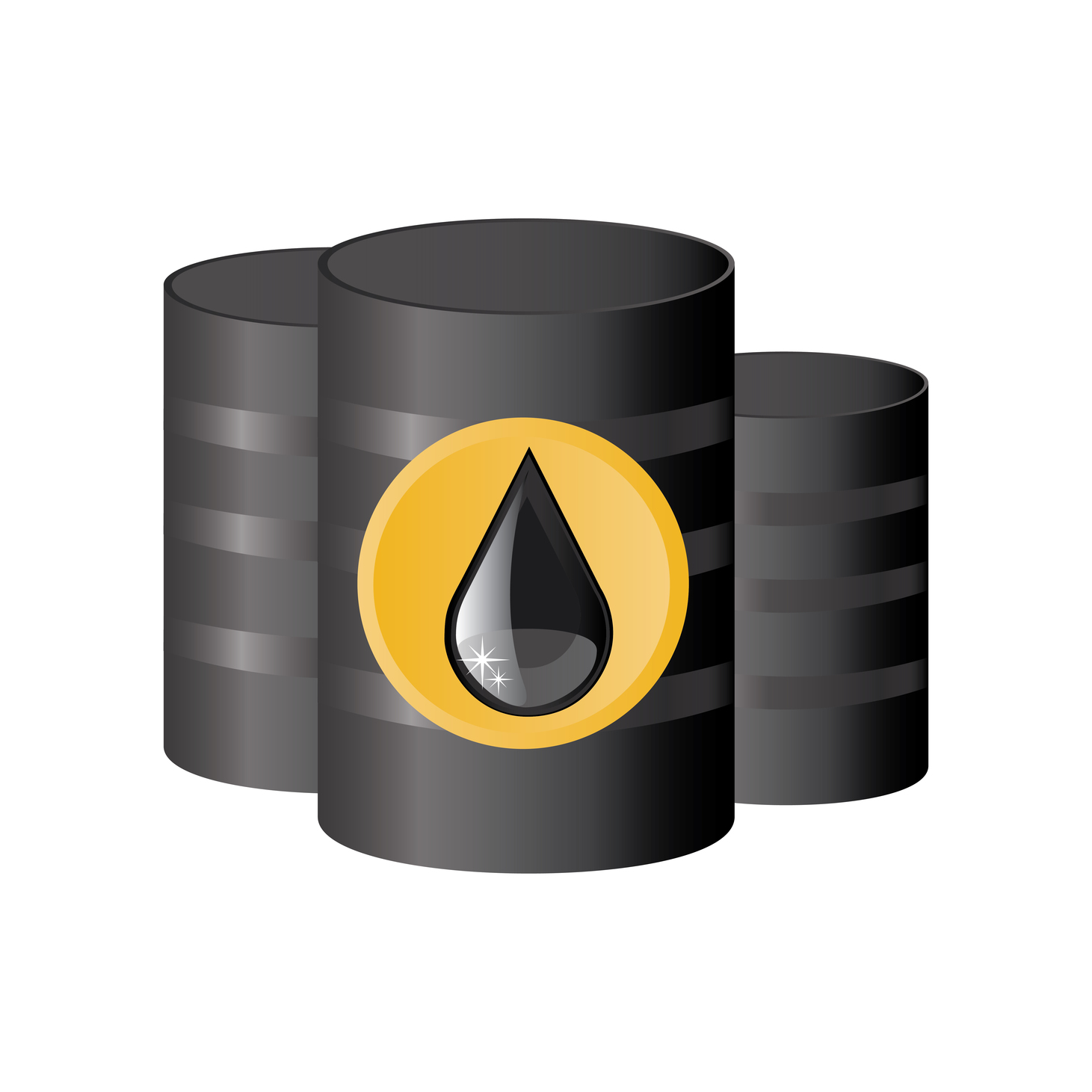
Introduction
Oil and natural gas are major industries in the energy market and play an influential role in the global economy as the world's primary fuel sources. The processes and systems involved in producing and distributing oil and gas are highly complex, capital-intensive, and require state-of-the-art technology. Historically, natural gas has been linked to oil, mainly because of the production process or upstream side of the business. For much of the history of the industry, natural gas was viewed as a nuisance and even today is flared in large quantities in some parts of the world, including the United States.
Natural gas has taken on a more prominent role in the world's energy supply as a consequence of shale gas development in the United States, as mentioned above, and its lower greenhouse gas emissions when combusted when compared to oil and coal.
The industry is often divided into three segments:
- upstream, the business of oil and gas exploration and production;
- midstream, transportation and storage; and
- downstream, which includes refining and marketing.
Organizations and Cartels
A cartel, as defined by the Organization for Economic Co-operation and Development (OECD), is when firms create a formal agreement to "raise or fix prices and to reduce output in order to increase profits." This agreement harms consumers because it makes products unavailable or overly-expensive.1 Industries that are made up of a few large companies, have high start-up costs, and produce less complex goods are more likely to collude on price and production. Historically, cartels have existed in the steel, railroad transportation, and vitamin industries.2 In the oil and gas industry, the Organization of the Petroleum Exporting Countries (OPEC) is often used as an example of a cartel. Although there is debate around whether the economic evidence demonstrates it is a true cartel, OPEC's member countries do exert market influence.3 The focus of OPEC is to control oil output in order to influence prices. As natural gas may be produced with with oil, some view OPEC as also being an indirect natural gas cartel. Additionally, a group of countries have formed what is called the Gas Exporting Countries Forum (GECF), which some refer to as a gas-OPEC. The GECF does not try to limit production, nor influence prices in other ways, but some members have called on the organization to change its mandate and try to control production to "make the market more stable." The GECF has been around for about ten years, which is about the same amount of time that it took OPEC to gain its footing and insert itself into the oil market.


Oil and Gas Companies
Energy companies, nationally owned and privately owned, are some of the biggest companies that have every existed in the world. Many of them are well known, Exxon (U.S.), Chevron (U.S.), Saudi Aramco (Saudi Arabia), Gazprom (Russia), China National Petroleum Corporation (China), Equinor (formerly Statoil of Norway), TOTAL (France), and ENI (Italy). Additionally, companies that use oil and natural gas, like autos, electric providers, and airlines are also among the most well-known and largest companies.
The oil and gas industry is frequently divided into three segments: upstream, midstream and downstream. While each of these areas has a number of independent companies, major companies in oil and gas are often considered integrated, meaning their businesses consist of a mix of upstream, midstream and downstream activities. Companies can be private, public, or state-owned, which impacts the amount of information available.
Researching Oil and Gas Companies
Supermajor integrated oil and gas companies are involved in each segment of the industry and are defined as typically having market capitalization of $100 billion or more. They are often international oil companies (IOCs).
Major integrated companies are defined as typically having market capitalization of $10 billion to $100 billion.
An independent company focuses on one segment of the industry and is defined as a producer who does not have more than $5 million in retail sales of oil and gas in a year or who does not refine more than an average of 75,000 barrels per day of crude oil during a given year.
Regardless of size, there is more data available for publicly-owned companies. Private companies, including government-owned companies, are often not legally required to disclose information, making company research more difficult.
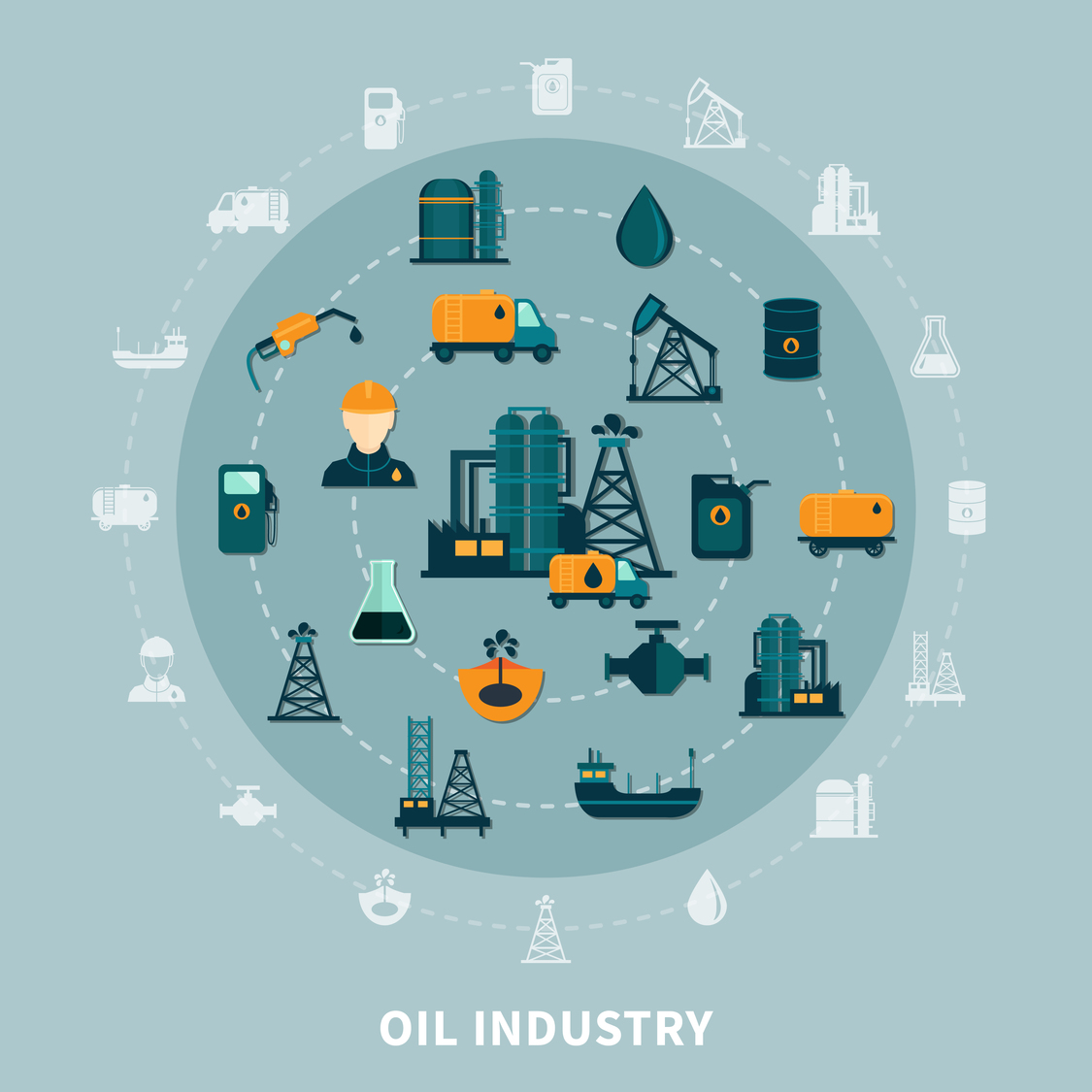

Segment-specific Company Features
Upstream companies focus on exploration and production. Most crude oil production is controlled by National Oil Companies, which includes OPEC, or integrated international oil companies. Upstream companies benefit from high oil and gas prices and high volumes. Other metrics include rig count and capital spending.
Midstream companies handle the transportation and storage of oil and gas. This segment is made up of many independent transportation operators. Oil and gas volumes are important to midstream companies, and prices as they relate to volume: If the price drops so low that upstream companies stop producing, midstream companies are not needed for transportation.
Downstream companies manage the refining and marketing of oil and gas. There is lower market concentration than the upstream segment. Downstream companies benefit from profit margins where they are able to sell their refined products for more than the cost of acquiring the crude resources. Other metrics include the number and size of refineries.
Because this industry often shifts with mergers and acquisitions, we've provided example companies in each segment of the industry.
Sample Companies in the Oil and Gas Industry
| Integrated | Upstream | Midstream | Downstream |
|---|---|---|---|
| BP | Devon Energy | Enable Midstream Partners LP | Delek US Holdings |
| Chevron | Occidental | Enbridge | Marathon Petroleum |
| Exxon Mobile | Kinder Morgan | Valero Energy | |
| Royal Dutch Shell | Seacor Holdings Inc. | ||
| Teekay Shipping Corp. | |||
| Western Gas Partners LP |
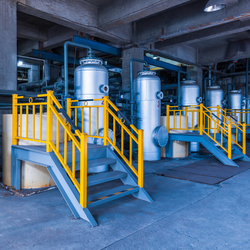
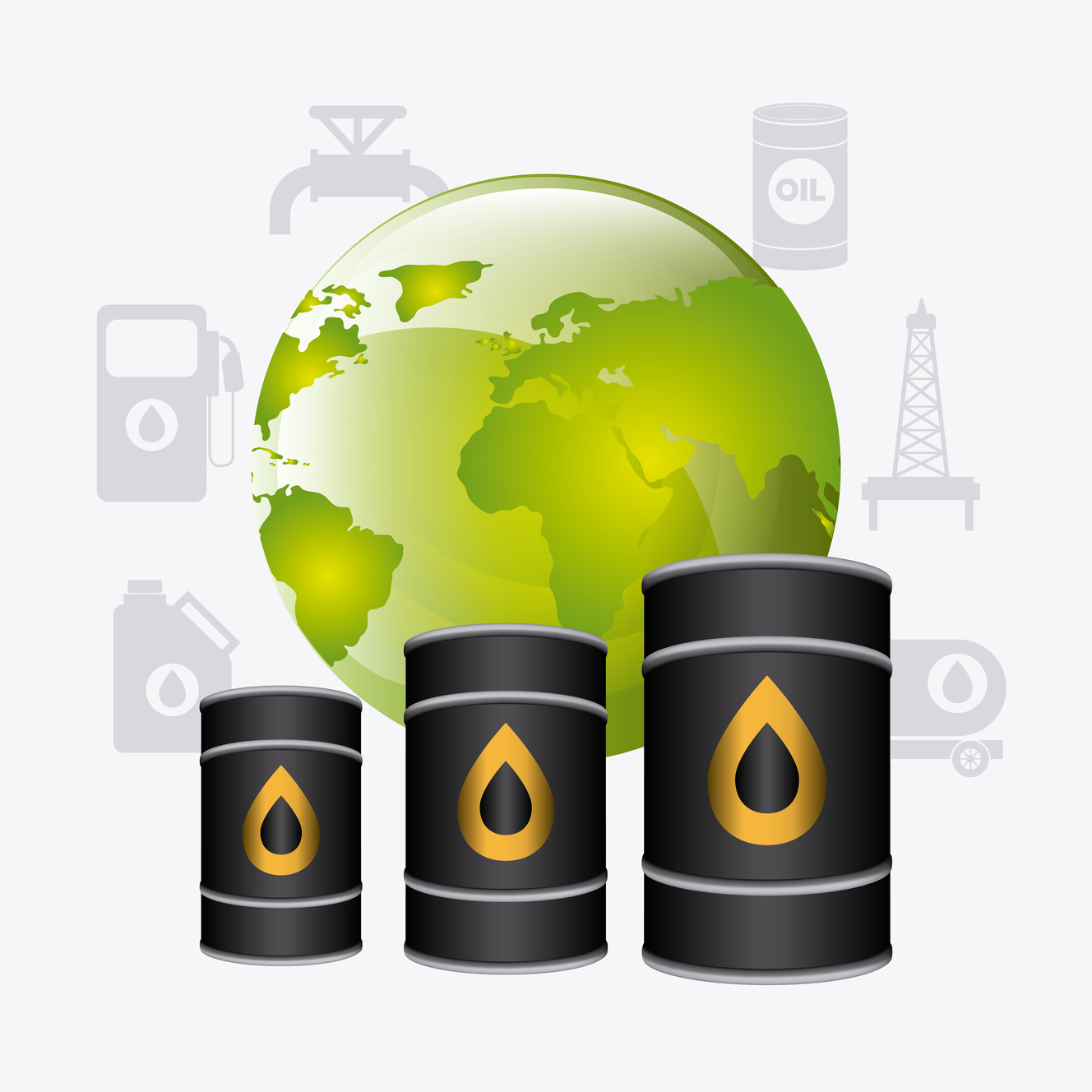
National Oil Companies (NOCs)
Since Mexico nationalized its oil production in 1938, countries have been creating private state-owned companies or purchasing significant shares in publicly traded oil companies. The rise of oil nationalization is seen as a response to historical exploitation by international oil companies, and as a political strategy to control access to and decisions surrounding national resources.
Sample National Oil Companies
| Company | Country |
|---|---|
| Saudi Aramco | Saudi Arabia |
| National Iranian Oil Company (NIOC) | Iran |
| Gazprom | Russia |
| China National Petroleum Corporation (CNPC) | China |
Upstream: Production and Exploration
The upstream segment of the oil and gas industry contains exploration activities, which include creating geological surveys and obtaining land rights, and production activities, which include onshore and offshore drilling.
Crude oil is categorized using two qualities: Density and sulfur content.
- Density is measured by API gravity, and ranges from light (high API gravity/low density) to heavy (low API gravity/high density).
- Sulfur content ranges from sweet (low sulfur content) to sour (high sulfur content).
Light and sweet crude oil is usually priced higher, and therefore more sought after, because it is easier to refine to make gasoline than heavy and sour crude oil. Oil volume is measured in barrels (bbl), which equals 42 gallons.


Upstream: Production and Exploration
Natural gas is found in both associated formations, meaning it is formed and produced with oil, and non-associated reservoirs. Gas can either be dry (pure methane), or wet (exists with other hydrocarbons like butane). Although wet gas must be treated to remove the other hydrocarbons and other condensates before it can be transported, it can increase producers' revenues because they can sell those removed products.
The advent of shale gas in the United States is one of the biggest breakthroughs in the history of the energy industry. Prior to its development, the United States was viewed as a growing natural gas importer. But production from shale gas has catapulted the United States into being the world's largest producer of natural gas and a fast-growing exporter. The two primary technological advances that made production from shale and other tight formations economically possible were horizontal drilling and hydraulic fracturing.
Exploration
Oil and gas exploration encompasses the processes and methods involved in locating potential sites for oil and gas drilling and extraction. Early oil and gas explorers relied upon surface signs like natural oil seeps, but developments in science and technology have made oil and gas exploration more efficient. Geological surveys are conducted using various means from testing subsoil for onshore exploration to using seismic imaging for offshore exploration. Energy companies compete for access to mineral rights granted by governments by either entering a concession agreement, meaning any discovered oil and gas are the property of the producers, or a production-sharing agreement, where the government retains ownership and participation rights.
Exploration is high risk and expensive, involving primarily corporate funds. The cost of an unsuccessful exploration, such as one that consisted of seismic studies and drilling a dry well, can cost $5 million to $20 million per exploration site, and in some cases, much more. However, when an exploration site is successful and oil and gas extraction is productive, exploration costs are recovered and are significantly less in comparison to other production costs.
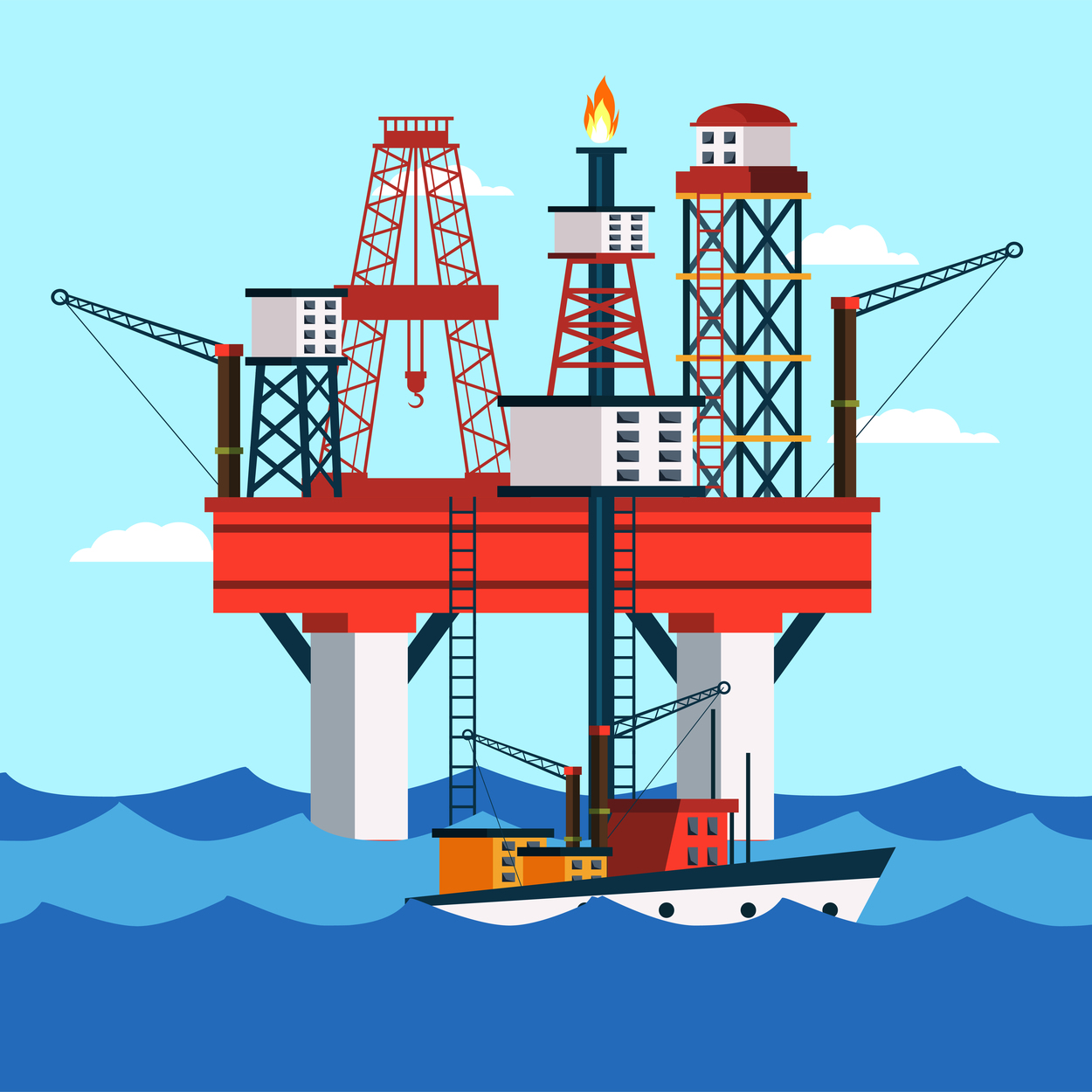
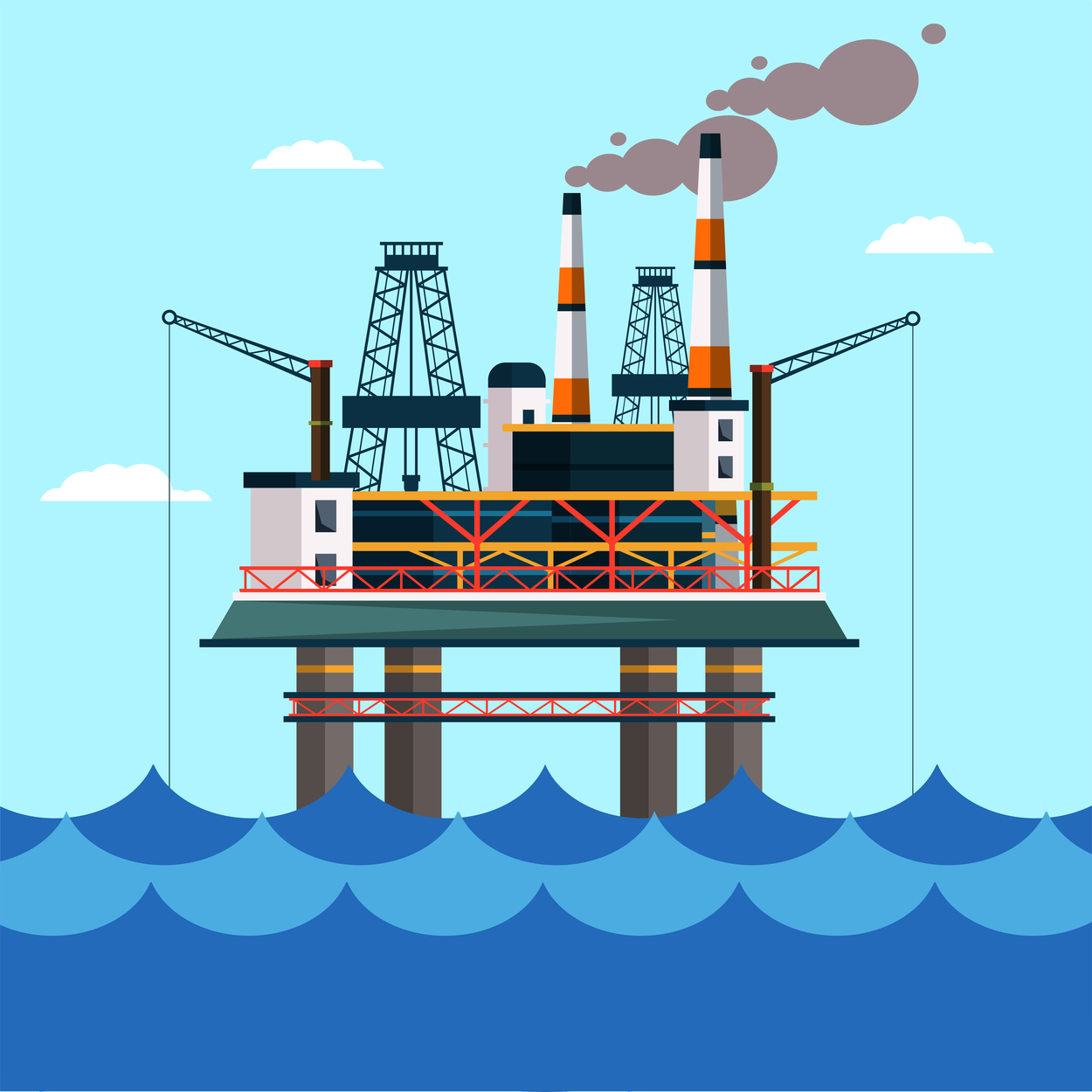
Production
Oil and gas production is one of the most capital-intensive industries: It requires expensive equipment and highly skilled labors. Once a company identifies where oil or gas is located, plans begin for drilling. Many oil and gas companies contract with specialized drilling firms and pay for the labor crew and rig dayrates.Drilling depths, rock hardness, weather conditions and distance of the site can all affect the drilling duration. Tracking data using smart technologies can help with drilling efficiency and well performance by providing real-time information and trends. While every drilling rig has the same essential components, the drilling methods vary depending on the type of oil or gas and the geology of the location.
Onshore In onshore drilling facilities, the wells are grouped together in a field, ranging from a half acre per well for heavy crude oil to 80 acres per well for natural gas. The group of wells are connected by carbon steel tubes which sends the oil and gas to a production and processing facility where the oil and gas are treated through a chemical and heating process.Onshore production companies can turn on and off rigs more easily than offshore rigs to respond to market conditions.
Production
Offshore Offshore drilling uses a single platform that is either fixed (bottom supported) or mobile (floating secured with anchors).Offshore drilling is more expensive than onshore drilling, and fixed rigs are more expensive than mobile rigs.Most production facilities are located on coastal shores near offshore rigs.
Hydraulic Fracturing Fracking, or hydraulic fracturing, is a technique using a high-pressure liquid to extract oil or gas from geologic formations. While the technology has existed since the 1940s, it became more economical in the late 1990s when George Mitchell's Mitchell Energy & Development Corporation patented slick water fracturing.The use of fracking has led to recovering gas, followed by oil, from previously inaccessible parts of drilled wells in addition to extractions from coalbed wells, tight sand formations and shale formations. Fracking is now used in 90% of new U.S. oil wells, especially as the number of conventional reservoirs has decreased.
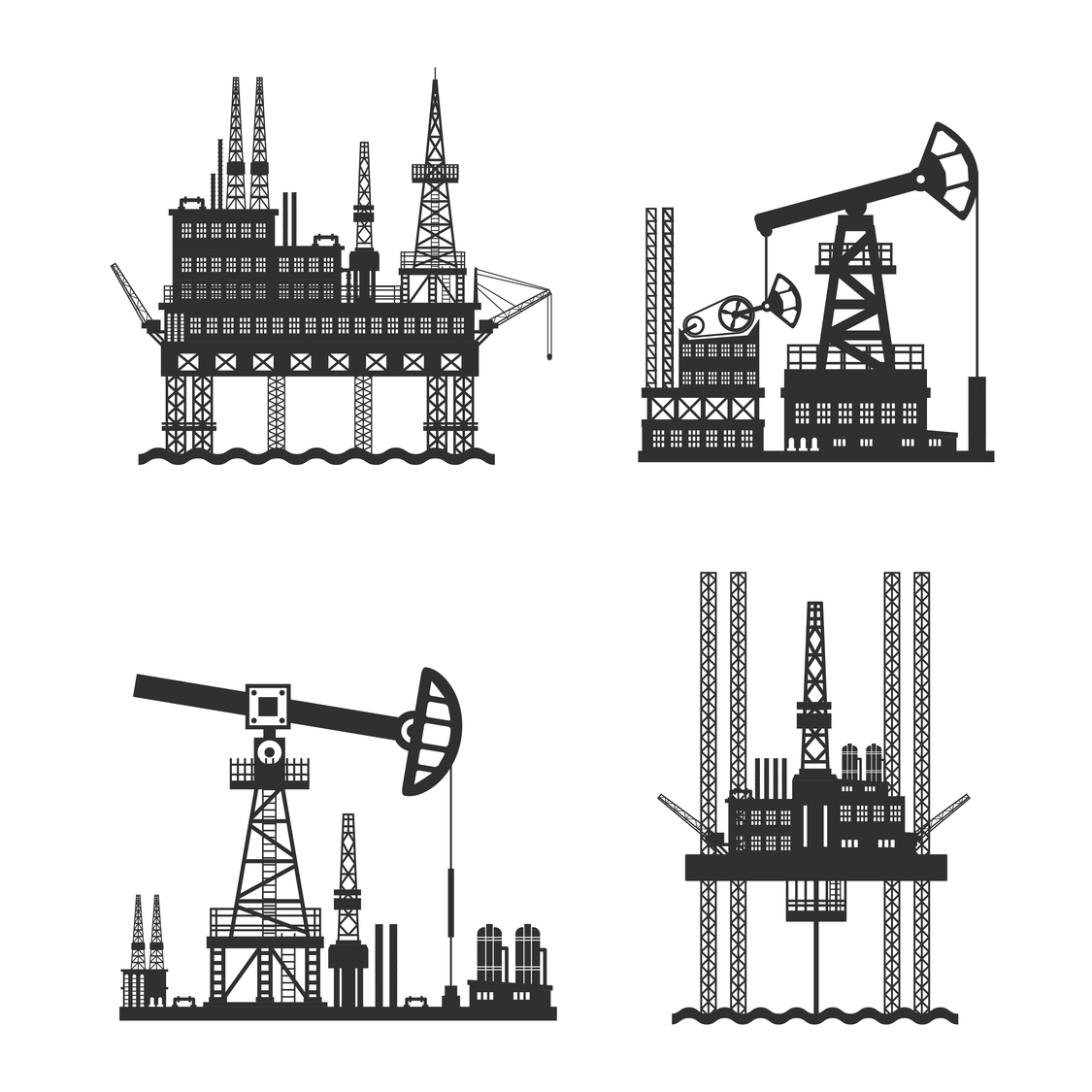
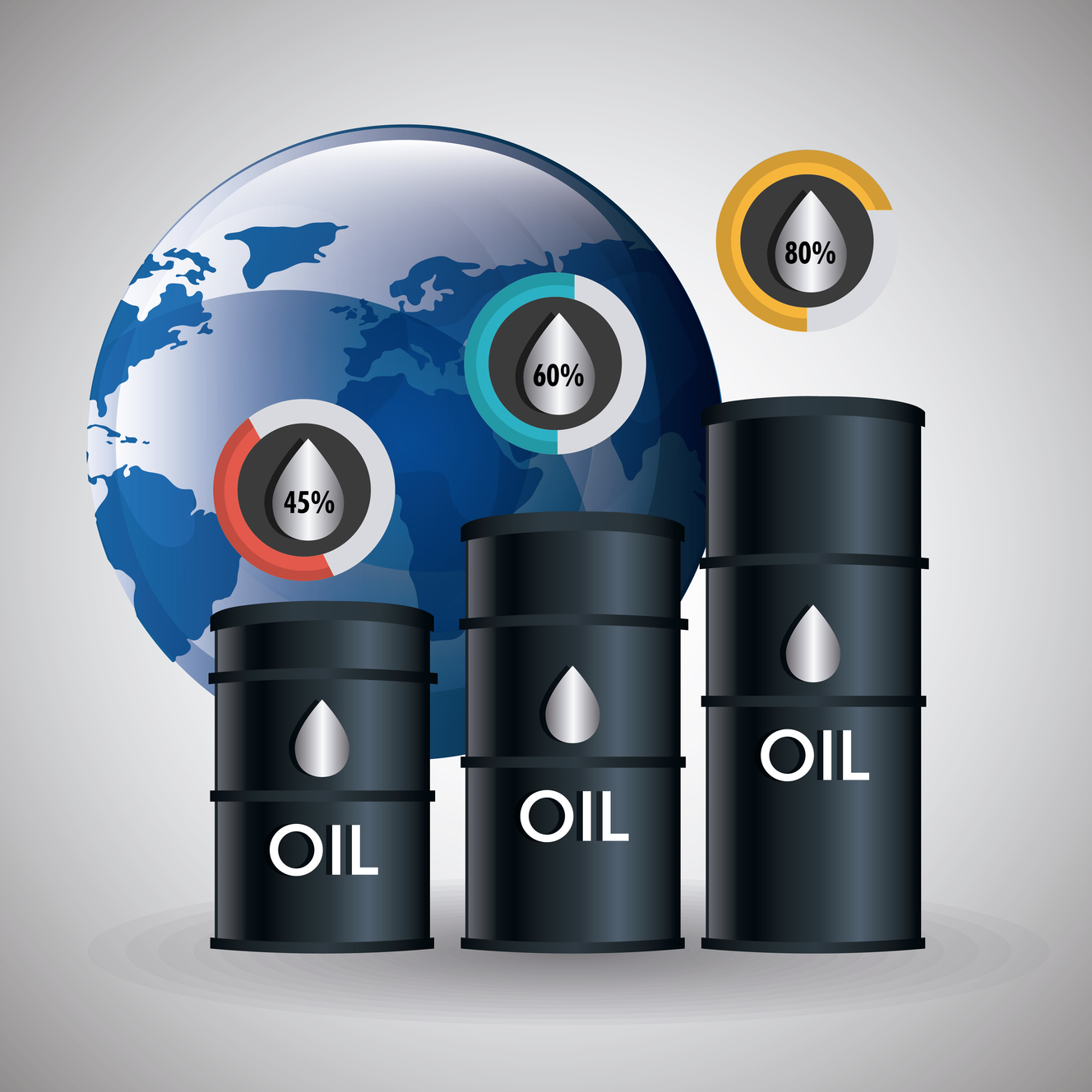
Midstream
The midstream sector covers transportation, storage, and trading of crude oil, natural gas, and refined products. In its unrefined state, crude oil is transported by two primary modes: tankers, which travel interregional water routes, and pipelines, which most of the oil moves through for at least part of the route.
Once the oil has been extracted and separated from natural gas, pipelines transport the products to another carrier or directly to a refinery. Petroleum products then travel from the refinery to market by tanker, truck, railroad car, or more pipelines.
Tankers deliver petroleum by transporting oil and refined products from other countries to the U.S. to make up the difference between domestic products and demand. Tankers also transport oil along the Gulf coast. The Merchant Marine Act of 1920, also known as the Jones Act, heavily impacts the transportation industry, as it requires vessels that transport cargo from one U.S. port to another U.S. port must be built in the United States, and majority owned and operated by United States citizens or permanent residents.
Storage
Storage of oil and natural gas helps smooth out supply and demand discrepancies. Companies store more when the prices are lower than they would like and withdraw when prices are high. The cheapest storage method is underground spaces, such as depleted reservoirs. This method is primarily used for natural gas; finished oil products cannot be stored in underground natural spaces per regulations. Above ground tanks are used for crude and refined oil, finished oil products, and natural gas. At retail locations, like gas stations, tanks are stored underground for safety reasons. Tanker ships are used for temporary storage when land storage is at capacity, making it the most expensive option.
There is a minimum operating level of crude oil that cannot be removed from pipelines, refinery tanks, overall system without difficulties. In 2020, the coronavirus pandemic dramatically reduced the demand for oil, which was coupled with an oversupply due to Saudi Arabia increasing oil production and OPEC and non-OPEC countries failing to come to an agreement on reducing oil production. This meant storage tanks were near capacity. In response, oil storage companies drastically increased their storage rates. In one example, tankers were charging around $25,000 per day in February of 2020, but by April had risen rates to $300,000 per day.
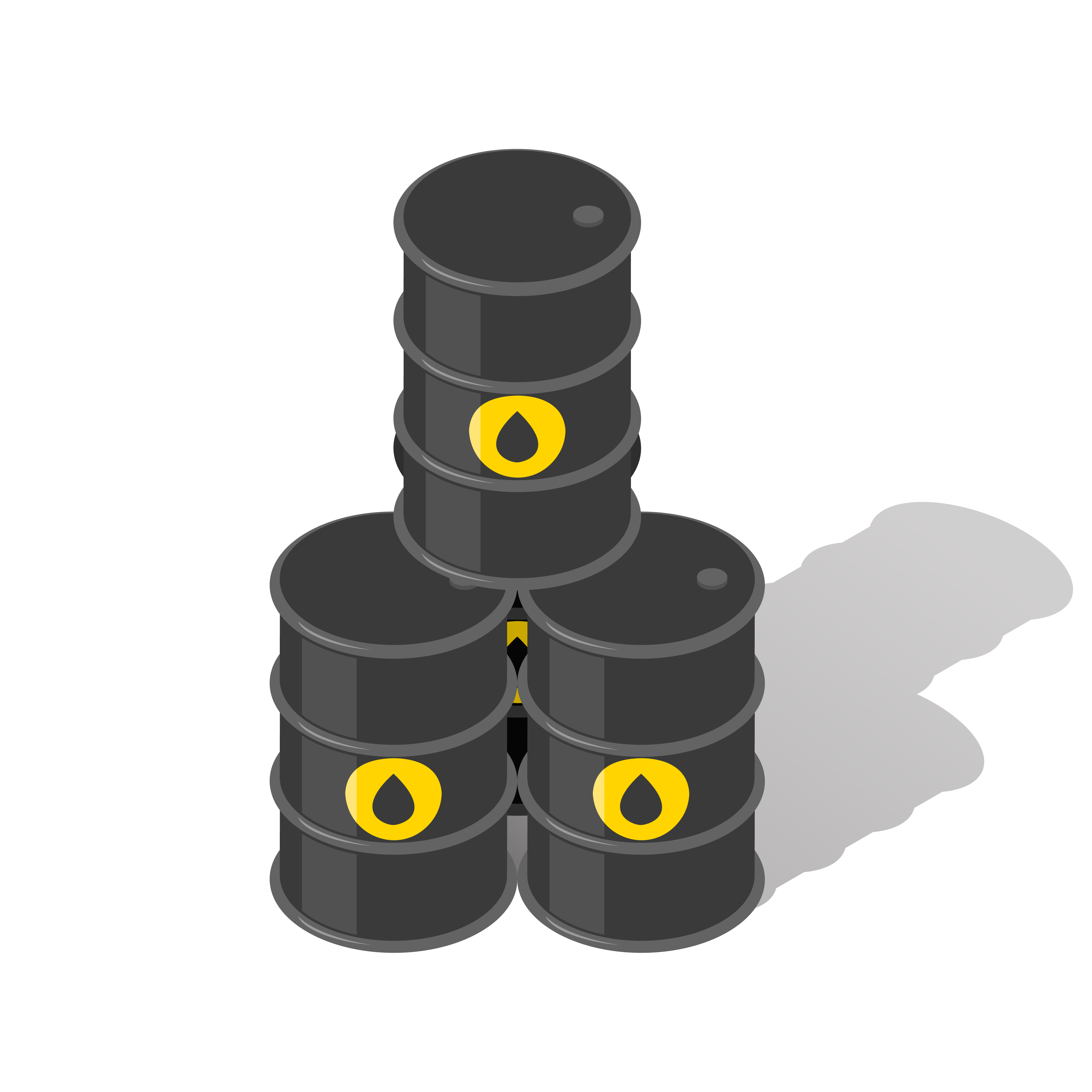

Downstream: Refining
While refining is a complex process, the goal is straightforward: to take crude oil, which is virtually unusable in its natural state, and transform it into petroleum products used for a variety of purposes such as heating homes, fueling vehicles and making petrochemical plastics.
A number of processes are involved in refining depending on the wanted end product. Hydrotreating is used to remove unwanted elements, such as sulphur and nitrogen from hydrocarbons; cracking breaks molecules into smaller fragments to produce gasoline and other lighter hydrocarbons. The gasses produced by cracking are used to create other products like synthetic rubber and plastics. When making gasoline, refiners need high octane numbers to prevent engine knocking. Despite knowing the dangers of lead, tetraethyl lead was added to gasoline in the United States in the 1920s in order to increase the octane. Since the U.S. government banned lead in vehicle gasoline in 1996 as part of the U.S. Clean Air Act, refineries use alkylation and reforming to develop high-octane gasoline.
Refineries are usually located near population centers to facilitate marketing and distribution of final products.
Downstream: Marketing
Marketing is the wholesale and retail distribution of refined petroleum products to business, industry, government, and public consumers. Generally crude oil and petroleum products flow to the markets that provide the highest value to the supplier, which usually means the nearest market first because of lower transportation cost and higher net revenue for the supplier. In practice, however, the trade flow may not follow this pattern due to other factors, such as refining configurations, product demand mix, and product quality specifications.
Gasoline service stations handle the bulk of public consumer sales and oil companies sell their petroleum products directly to factories, power plants, and transportation-related industries. Natural gas sales are almost evenly divided between industrial consumers, electrical providers, and residential and commercial heating.
Because gasoline is a commodity that is more or less the same, competition for customers required creative marketing tactics. Retail gasoline stations offered free services like maps, car washing, and dinnerware. Oil company brands offered credit cards starting in the 1950s to ensure customer loyalty. Radio, billboard, and television ads promoted catchy slogans, additives, and adjectives like "premium" and "high performance" to attract drivers.
Advertorials, or sponsored op-eds, were used by Mobil in the New York Times to publish pro-oil industry commentary. Today, social media gives companies a platform to promote various energy initiatives and mitigate news negative.


JET A-1
Jet fuel or aviation turbine fuel (ATF, also abbreviated avtur) is a type of aviation fuel designed for use in aircraft powered by gas-turbine engines. It is colorless to straw-colored in appearance. The most commonly used fuels for commercial aviation are Jet A and Jet A-1, which are produced to a standardized international specification. The only other jet fuel commonly used in civilian turbine-engine powered aviation is Jet B, which is used for its enhanced cold-weather performance.
Jet fuel is a mixture of a variety of hydrocarbons. Because the exact composition of jet fuel varies widely based on petroleum source, it is impossible to define jet fuel as a ratio of specific hydrocarbons. Jet fuel is therefore defined as a performance specification rather than a chemical compound. Furthermore, the range of molecular mass between hydrocarbons (or different carbon numbers) is defined by the requirements for the product, such as the freezing point or smoke point. Kerosene-type jet fuel (including Jet A and Jet A-1, JP-5, and JP-8) has a carbon number distribution between about 8 and 16 (carbon atoms per molecule); wide-cut or naphtha-type jet fuel (including Jet B and JP-4), between about 5 and 15
DIESEL FUEL
In many countries, diesel fuel is standardized. For example, in the European Union, the standard for diesel fuel is EN 590. Diesel fuel has many colloquial names; most commonly, it is simply referred to as diesel. In the United Kingdom, diesel fuel for on-road use is commonly called diesel or sometimes white diesel if required to differentiate it from a tax-advantaged agricultural-only product containing an identifying-colored dye known as red diesel. The official term for white diesel is DERV, standing for diesel-engine road vehicle. In Australia, diesel fuel is also known as distillate (not to be confused with "distillate" in an older sense referring to a different motor fuel), and in Indonesia, it is known as Solar, a trademarked name from the country's national petroleum company PERTAMINA. The term gas oil is sometimes also used to refer to diesel fuel.
Ultra-low-sulfur diesel (ULSD) is a diesel fuel with substantially lowered sulfur contents. As of 2016, almost all of the petroleum-based diesel fuel available in the United Kingdom, mainland Europe, and North America is of a ULSD type.
Before diesel fuel had been standardized, the majority of diesel engines typically ran on cheap fuel oils. These fuel oils are still used in watercraft diesel engines. Despite being specifically designed for diesel engines, diesel fuel can also be used as fuel for several non-diesel engines, for example the Akroyd engine, the Stirling engine or boilers for steam engines.
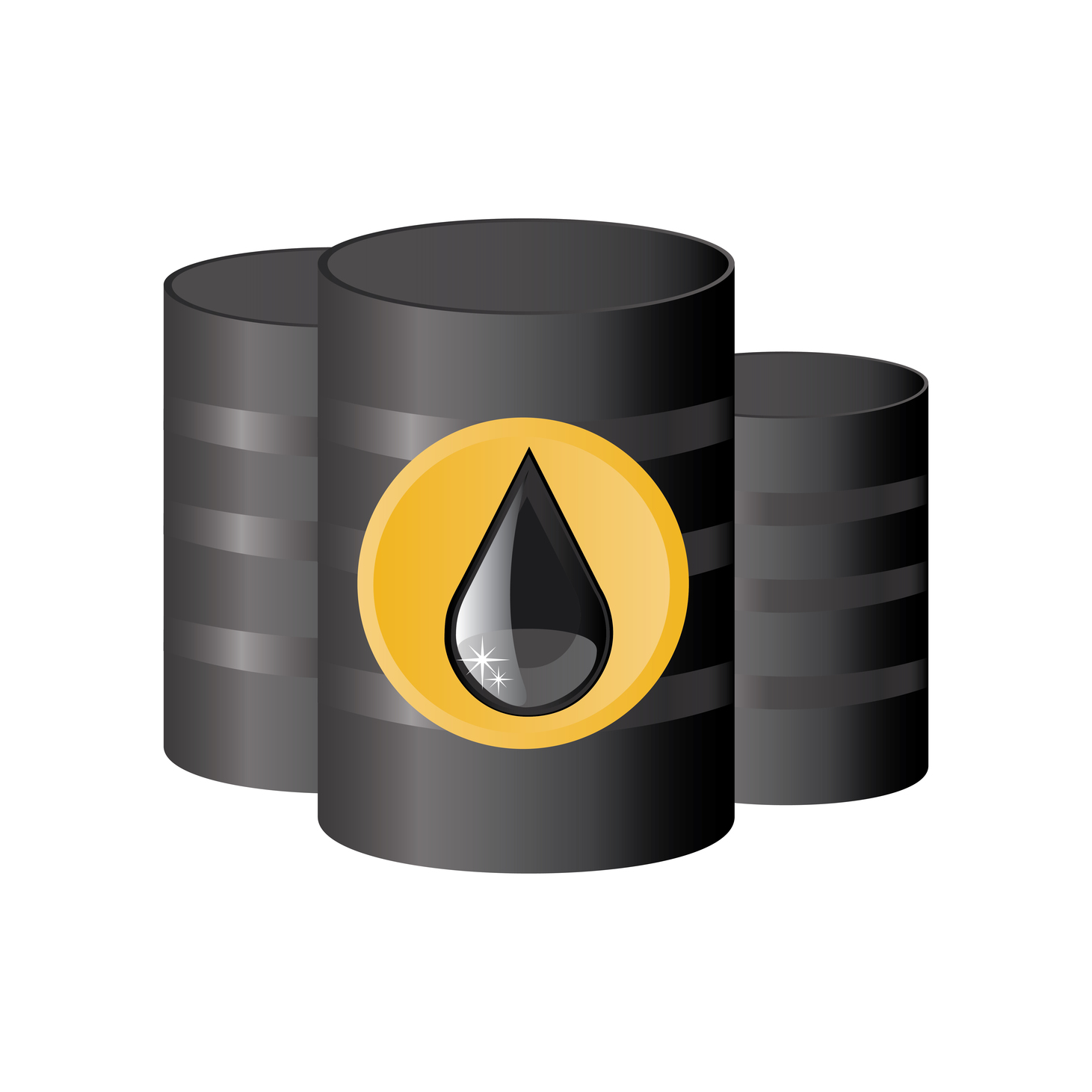
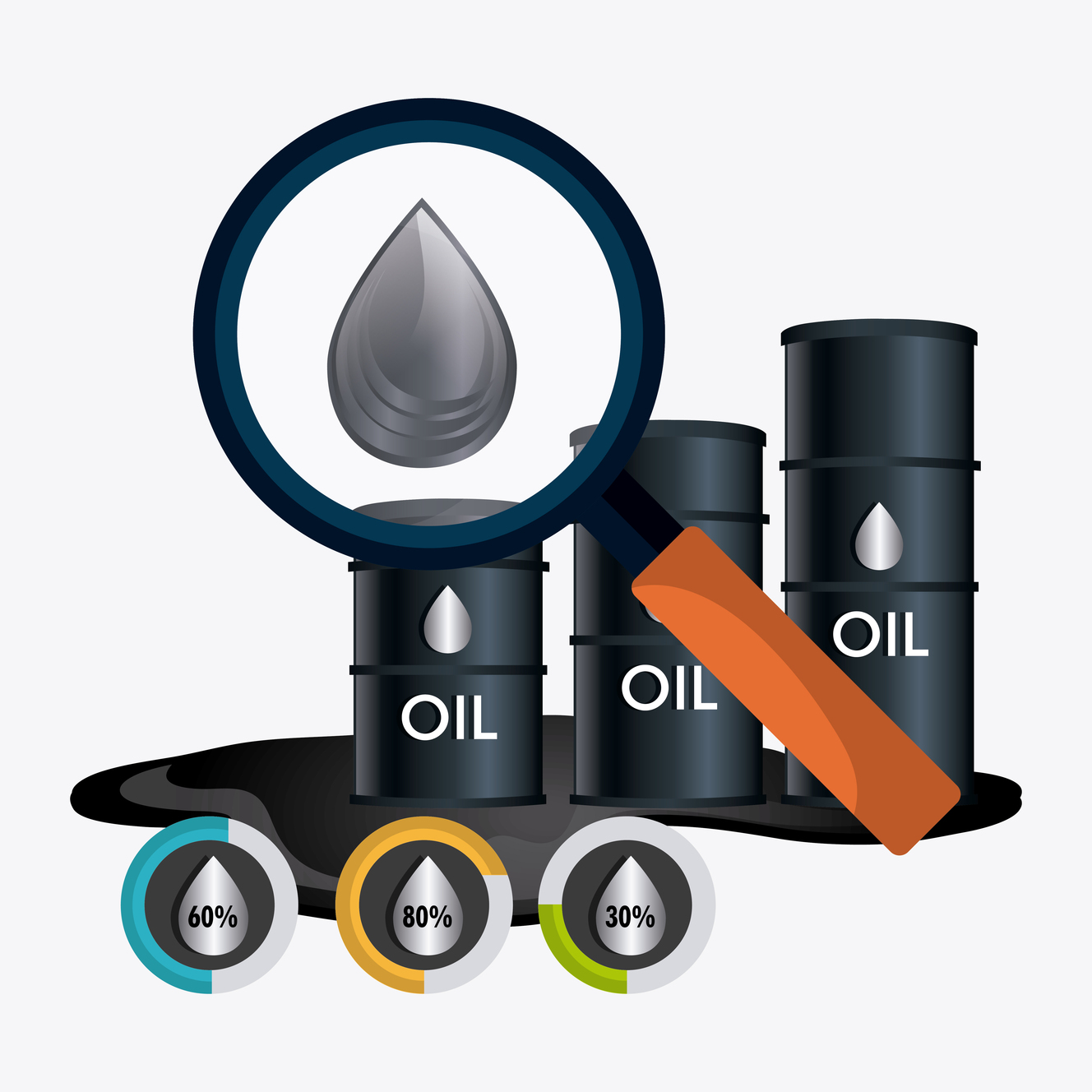
BASE OIL
Base oils are used to manufacture products including lubricating greases, motor oil and metal processing fluids. Different products require different compositions and properties in the oil. One of the most important factors is the liquid’s viscosity at various temperatures. Whether or not a crude oil is suitable to be made into a base oil is determined by the concentration of base oil molecules as well as how easily these can be extracted.
Base oil is produced by means of refining crude oil. This means that crude oil is heated in order that various distillates can be separated from one another. During the heating process, light and heavy hydrocarbons are separated – the light ones can be refined to make petrol and other fuels, while the heavier ones are suitable for bitumen and base oils.
There are large numbers of crude oils all around the world that are used to produce base oils. The most common one is a type of paraffinic crude oil, although there are also naphthenic crude oils that create products with better solubility and very good properties at low temperatures. By using hydrogenation technology, in which sulfur and aromatics are removed using hydrogen under high pressure, extremely pure base oils can be obtained, which are suitable when quality requirements are particularly stringent.
Chemical substances – additives – are added to the base oil in order to meet the quality requirements for the end products interms of, for example, friction and cleaning properties. Certain types of motor oils contain more than twenty percent additives.
BASE OIL OFFICIAL CLASSIFICATIONS
In 1993, the American Petroleum Institute (API), categorized base oils into five main groups. This breakdown is based on the refining method and the base oil’s properties in terms of, among other things, viscosity and the proportion of saturates and sulfur content.
Group I Originating in the 1930s, the least refined type which is produced by Solvent Refining. It usually consists of conventional petroleum base oils. An improvement to the refining process in the 1960s called hydro-treating made this base oil more stable, less reactive, and longer lasting than the earlier base oils. API defines group I as "base stocks contain less than 90 percent saturates and/or greater than 0.03 percent sulfur and have a viscosity index greater than or equal to 80 and less than 120".
Group II Originating in 1971, a better grade of petroleum base oil, which may be partially produced by Hydrocracking. All impurities will be removed from the oil leading to clearer color. API defines group II as "base stocks contain greater than or equal to 90 percent saturates and less than or equal to 0.03 percent sulfur and have a viscosity index greater than or equal to 80 and less than 120".

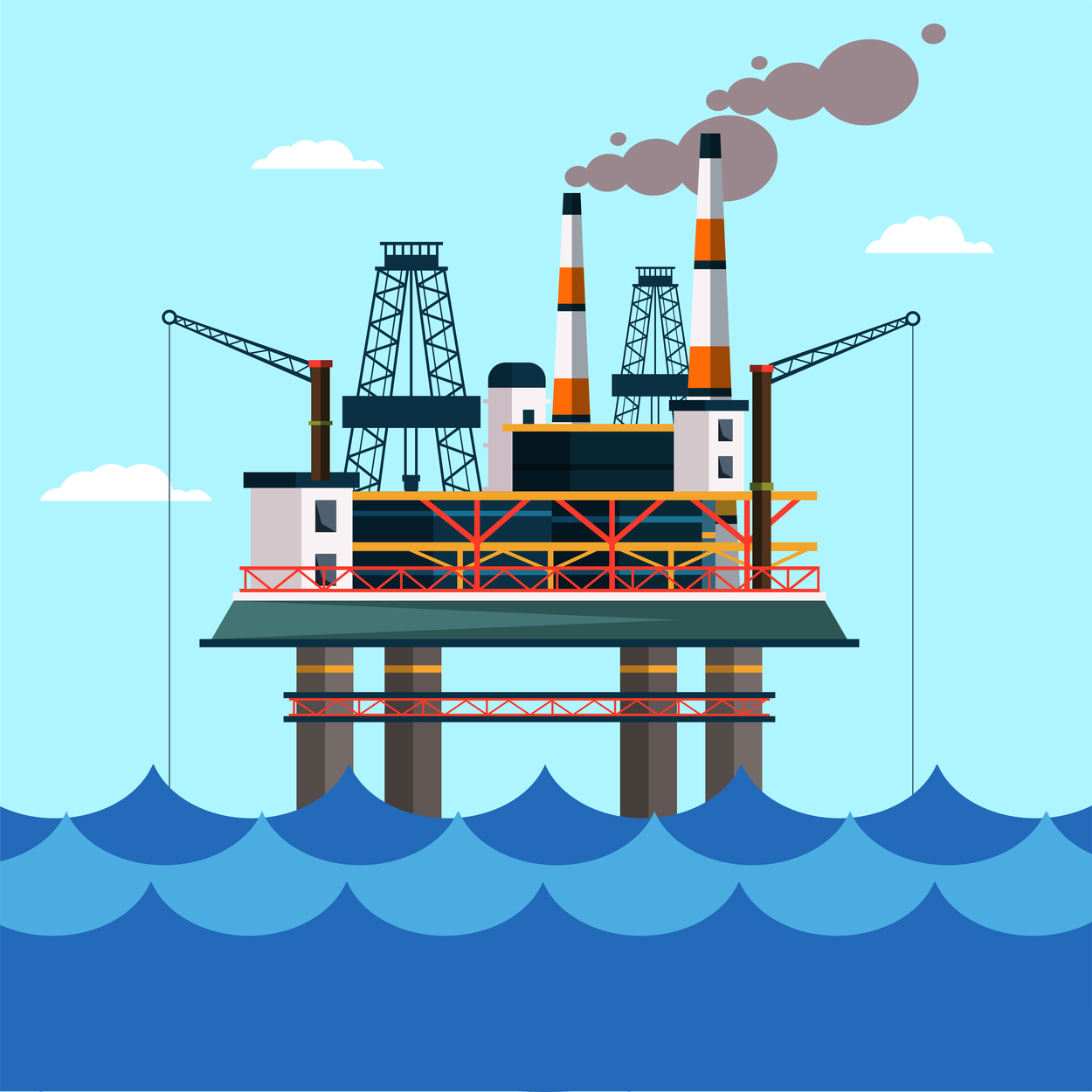
BASE OIL OFFICIAL CLASSIFICATIONS
Group III Originating in 1993, the best grade of petroleum base oil, since they are fully produced by Hydrocracking, Hydroisomerization, and Hydrotreating, which make these oils purer. API defines group III as "base stocks contain greater than or equal to 90 percent saturates and less than or equal to 0.03 percent sulfur and have a viscosity index greater than or equal to 120". This group may be described as Synthetic Technology oils or Hydro-Cracked Synthetic oil. However, some oil companies may call their products under this group as synthetic oil.
Group IV Originating in 1974, consists of synthetic oils made of Poly-alpha-olefins (PAO). Group IV base oils have a viscosity index range of 125 - 200. Poly-alpha-olefins (PAO) oils have a higher oxidative stability in extreme temperatures, and also have exceptionally low pour points, which makes them much more suitable for use in very cold weather (as found in northern Europe), as well as in very hot weather (as in Middle East).
Group V Originating in the 1940s, any type of base oil other than mentioned in the previously defined groups. They include, among others, naphthenic oils and polyesters.
HEATING OIL
Heating oil is any petroleum product or other oil used for heating; a fuel oil. Most commonly, it refers to low viscosity grades of fuel oil used for furnaces or boilers use for home heating and in other buildings. Home heating oil is often abbreviated as HHO. Most heating oil products are chemically very similar to diesel fuel used as motor fuel; motor fuel is typically subject to higher fuel taxes. Many countries add fuel dyes to heating oil, allowing law enforcement to check if a driver is evading fuel taxes. Since 2002, Solvent Yellow 124 has been added as a "Euro marker" in the European Union; untaxed diesel is known as "red diesel" in the United Kingdom.
Heating oil is commonly delivered by tank truck to residential, commercial and municipal buildings and stored in above-ground storage tanks ("ASTs") located in the basements, garages, or outside adjacent to the building. It is sometimes stored in underground storage tanks (or "USTs") but less often than ASTs. ASTs are used for smaller installations due to the lower cost factor. Heating oil is less commonly used as an industrial fuel or for power generation. Leaks from tanks and piping are an environmental concern. Various federal and state regulations are in place regarding the proper transportation, storage and burning of heating oil, which is classified as a hazardous material (HazMat) by federal regulators.
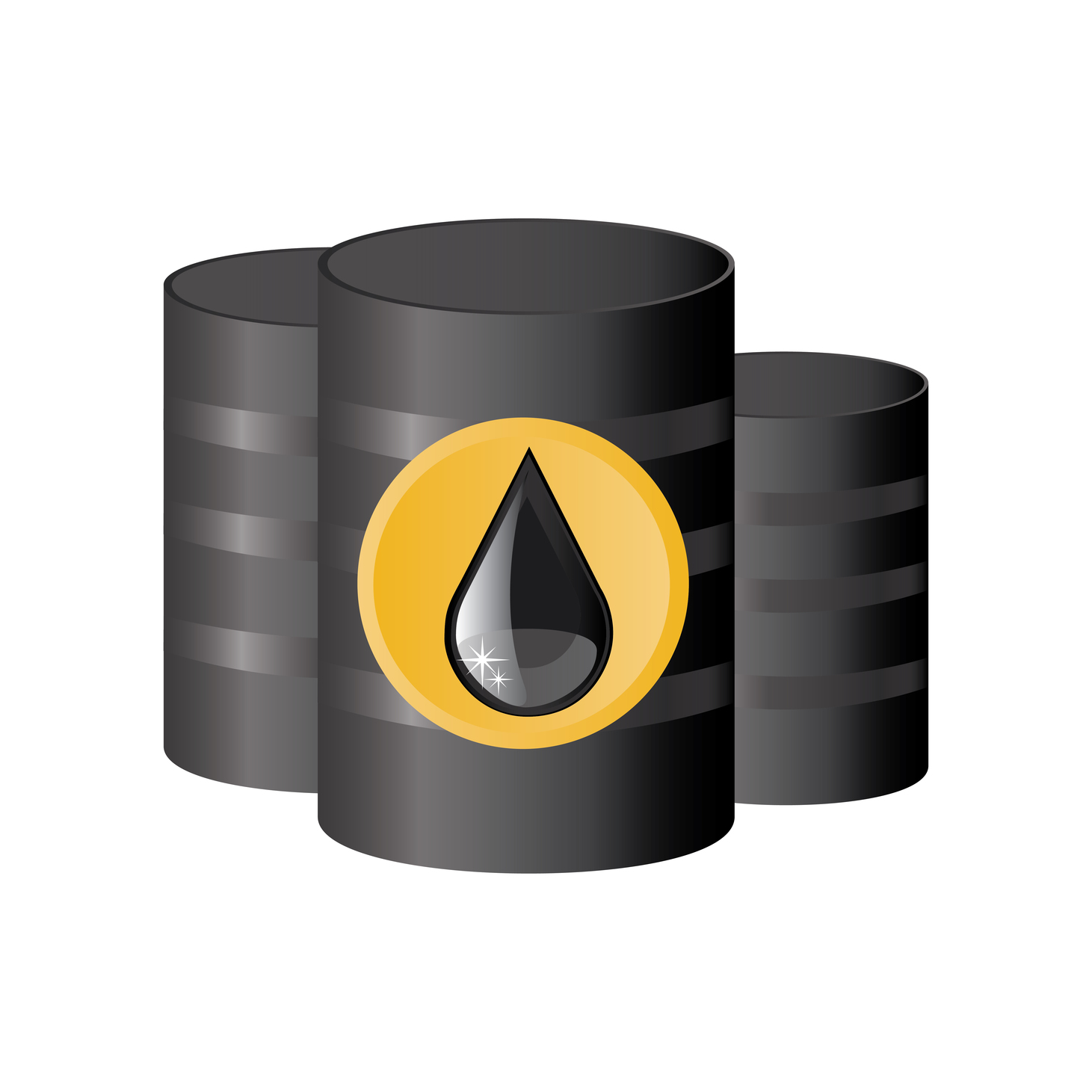
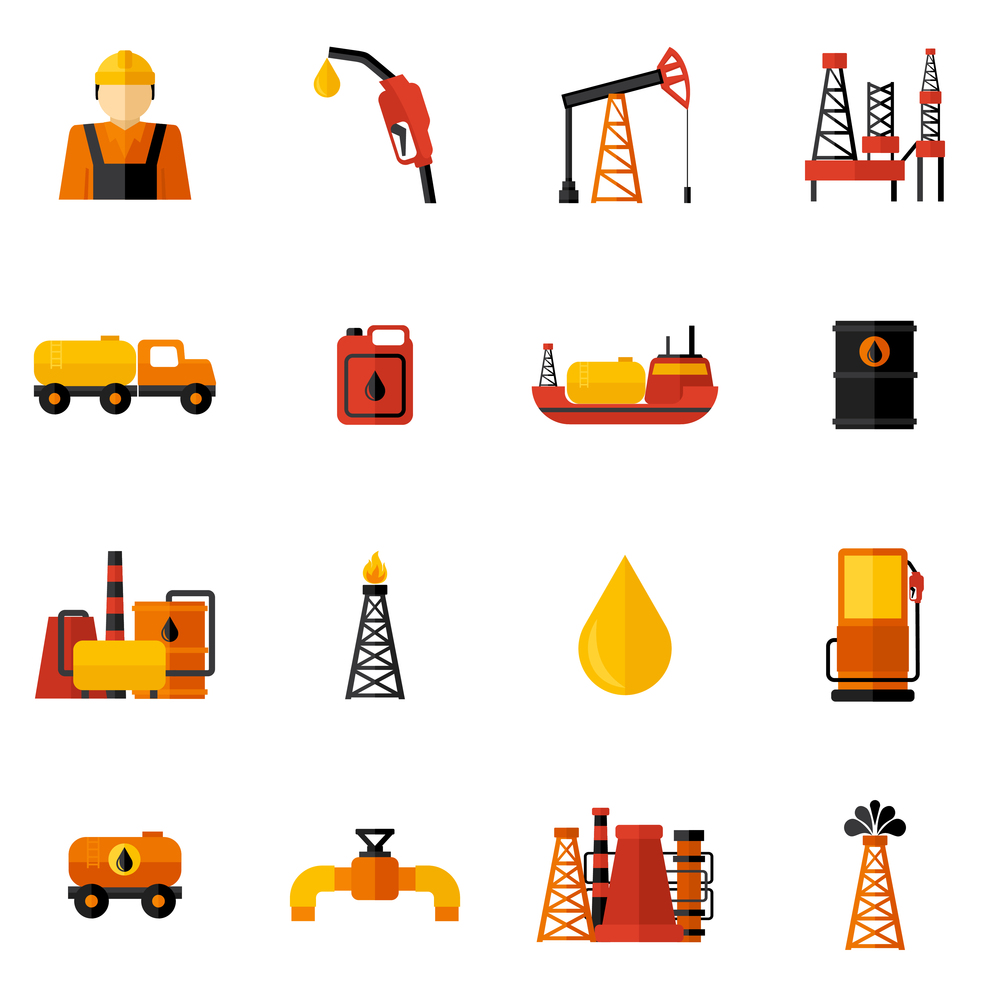
LPG
Liquefied petroleum gas (LPG or LP gas) is a fuel gas which contains a flammable mixture of hydrocarbon gases, specifically propane, propylene, butylene, isobutane and n-butane.
LPG is used as a fuel gas in heating appliances, cooking equipment, and vehicles. It is increasingly used as an aerosol propellant and a refrigerant,[ replacing chlorofluorocarbons in an effort to reduce damage to the ozone layer. When specifically used as a vehicle fuel, it is often referred to as autogas or even just as gas.
Varieties of LPG that are bought and sold include mixes that are mostly propane (C 3H8), mostly butane (C4H10), and, most commonly, mixes including both propane and butane. In the northern hemisphere winter, the mixes contain more propane, while in summer, they contain more butane. In the United States, mainly two grades of LPG are sold: commercial propane and HD-5. These specifications are published by the Gas Processors Association (GPA) ] and the American Society of Testing and Materials. Propane/butane blends are also listed in these specifications.
LNG
Liquefied natural gas (LNG) is natural gas (predominantly methane, CH4, with some mixture of ethane, C2H6) that has been cooled down to liquid form for ease and safety of non-pressurized storage or transport. It takes up about 1/600th the volume of natural gas in the gaseous state (at standard conditions for temperature and pressure).
Natural gas was considered during the 20th century to be economically unimportant wherever gas-producing oil or gas fields were distant from gas pipelines or located in offshore locations where pipelines were not viable. In the past this usually meant that natural gas produced was typically flared, especially since unlike oil, no viable method for natural gas storage or transport existed other than compressed gas pipelines to end users of the same gas. This meant that natural gas markets were historically entirely local, and any production had to be consumed within the local or regional network.
Developments of production processes, cryogenic storage, and transportation effectively created the tools required to commercialize natural gas into a global market which now competes with other fuels. Furthermore, the development of LNG storage also introduced a reliability in networks which was previously thought impossible. Given that storage of other fuels is relatively easily secured using simple tanks, a supply for several months could be kept in storage.
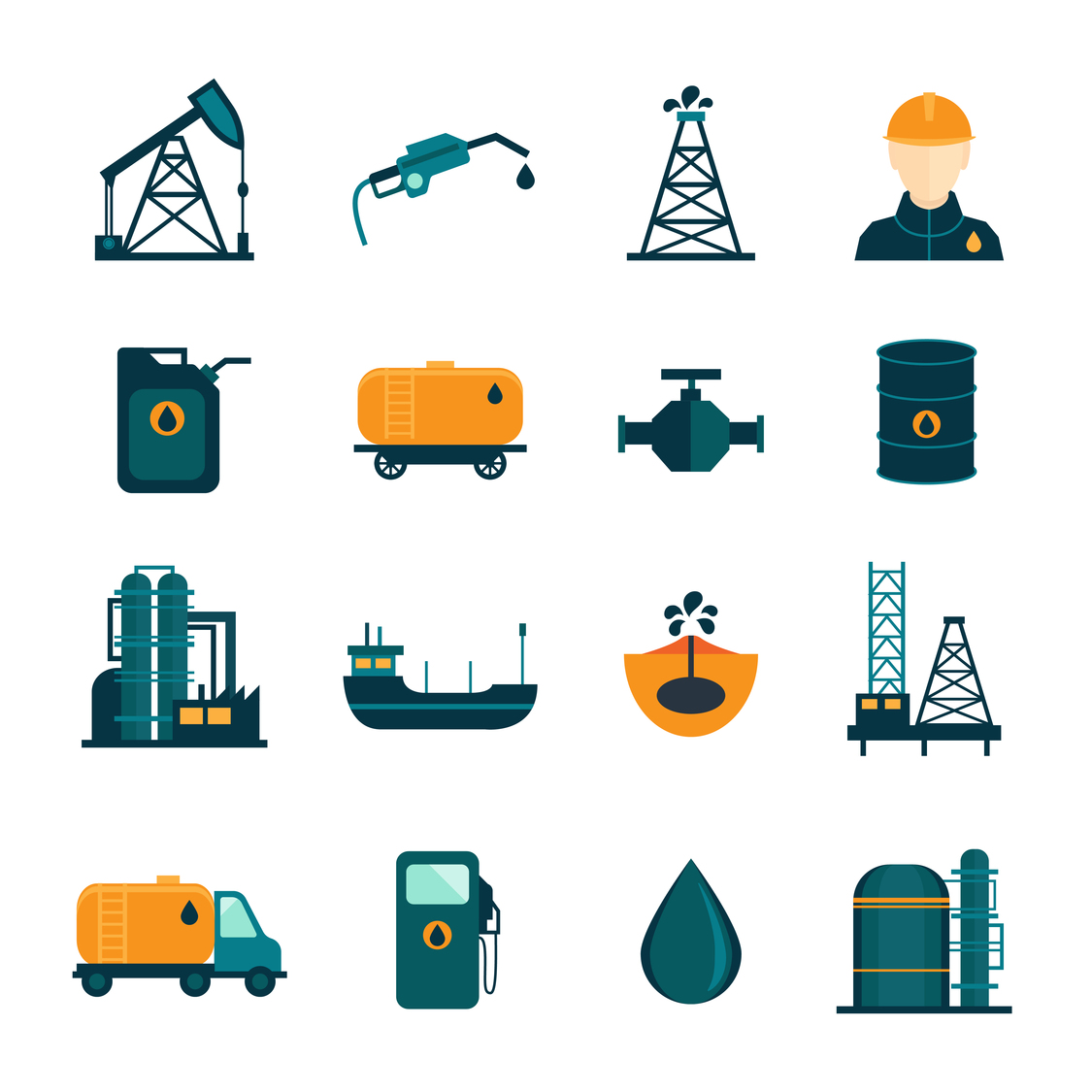
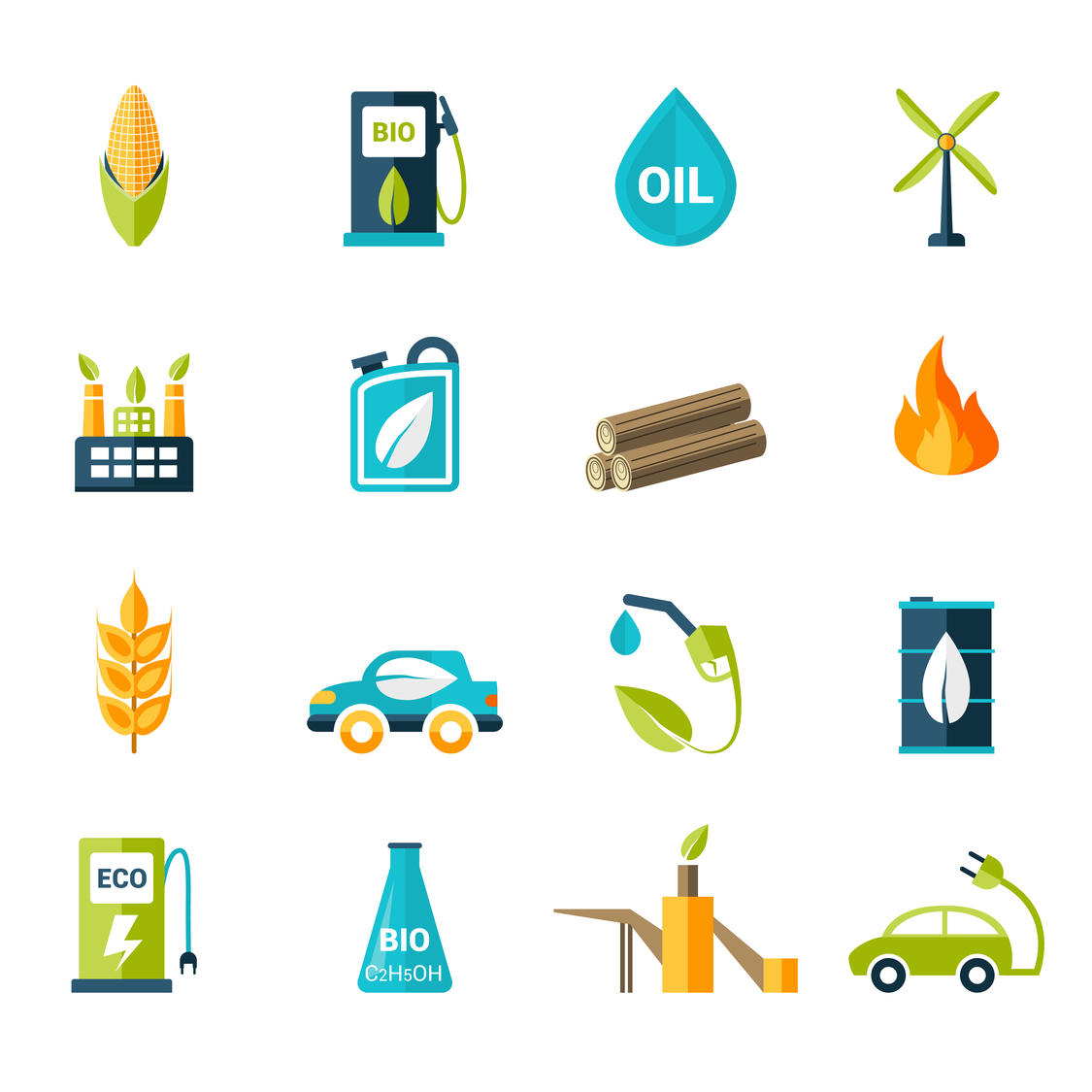
NATURAL GAS
Natural gas (also called fossil gas or simply gas) is a naturally occurring mixture of gaseous hydrocarbons consisting primarily of methane in addition to various smaller amounts of other higher alkanes. Low levels of trace gases like carbon dioxide, nitrogen, hydrogen sulfide, and helium are also usually present. Natural gas is colorless and odorless, so odorizes such as mercaptan (which smells like sulfur or rotten eggs) are commonly added to natural gas supplies for safety so that leaks can be readily detected.
Natural gas is a fossil fuel and non-renewable resource that is formed when layers of organic matter (primarily marine microorganisms) decompose under anaerobic conditions and are subjected to intense heat and pressure underground over millions of years.The energy that the decayed organisms originally obtained from the sun via photosynthesis is stored as chemical energy within the molecules of methane and other hydrocarbons.
Natural gas can be burned for heating, cooking, and electricity generation. It is also used as a chemical feedstock in the manufacture of plastics and other commercially important organic chemicals and less commonly used as a fuel for vehicles.
NATURAL GAS
The extraction and consumption of natural gas is a major and growing contributor to climate change. Both the gas itself (specifically methane) and carbon dioxide, which is released when natural gas is burned, are greenhouse gases. When burned for heat or electricity, natural gas emits fewer toxic air pollutants, less carbon dioxide, and almost no particulate matter compared to other fossil and biomass fuels. However, gas venting and unintended fugitive emissions throughout the supply chain can result in natural gas having a similar carbon footprint to other fossil fuels overall.
Natural gas can be found in underground geological formations, often alongside other fossil fuels like coal and oil (petroleum). Most natural gas has been created through either biogenic or thermogenic processes. Biogenic gas is formed when methanogenic organisms in marshes, bogs, landfills, and shallow sediments anaerobically decompose but are not subjected to high temperatures and pressures. Thermogenic gas takes a much longer period of time to form and is created when organic matter is heated and compressed deep underground.
Natural gas is measured in standard cubic meters or standard cubic feet. The density compared to air ranges from 0.58 (16.8 g/mole, 0.71 kg per standard cubic meter) to as high as 0.79 (22.9 g/mole, 0.97 kg per scm), but generally less than 0.64 (18.5 g/mole, 0.78 kg per scm). For comparison, pure methane (16.0425 g/mole) has a density 0.5539 times that of air (0.678 kg per standard cubic meter).
